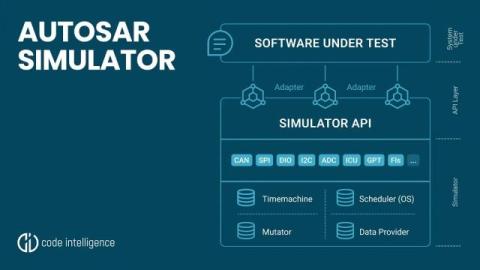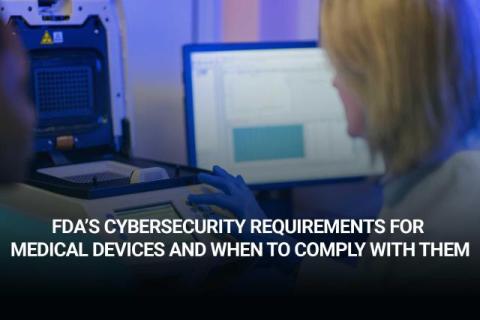Understanding, detecting, and fixing buffer overflows: a critical software security threat
Buffer overflows are one of the oldest and most dangerous vulnerabilities in software security. A heap buffer overflow was the second most exploited vulnerability in 2023. Over the years, it has enabled countless attacks, often with severe consequences, such as Cloudbleed in 2017. Despite advances in security practices, buffer overflows continue to pose significant risks, especially in software written in low-level languages like C and C++.










